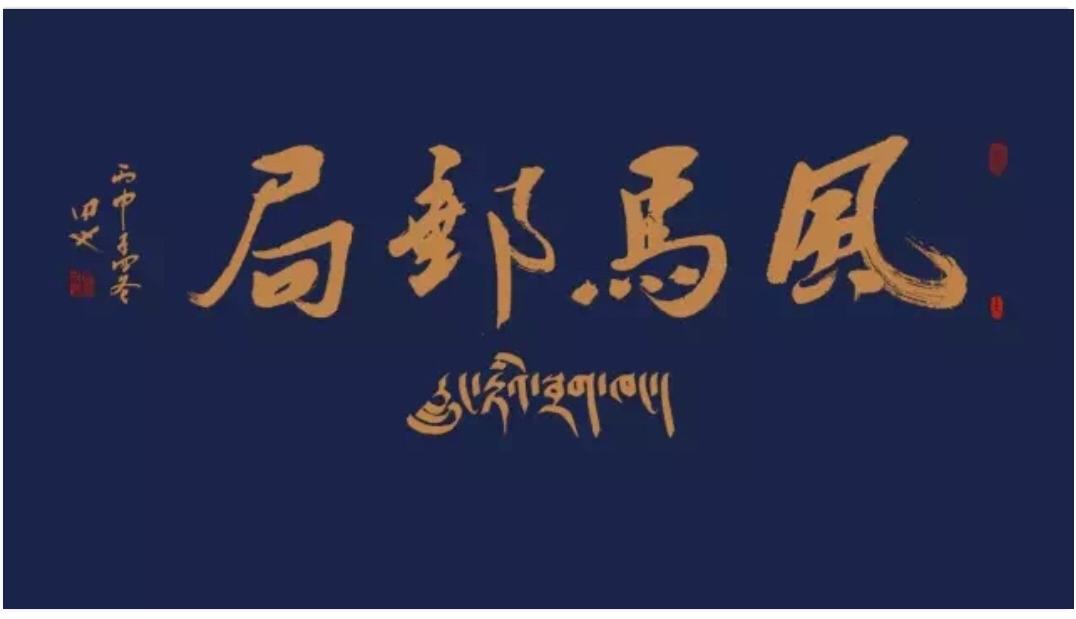
Tibetan calligraphy has a long history. As early as 3,000 years ago, Tibetan society already had writing, and the earliest Tibetan language was called Dasi Benyi. On its basis, during the period of Danba Xinrao, the founder of Yongzhongben religion, the Great Malvern and the Little Malvern appeared, as well as Tiancheng Wen and Si Yiwen. At that time, the art of calligraphy already existed, and a school of art emerged.
The Zang nationality has always attached great importance to the art of calligraphy and calligraphy practice. In the first few years of school, children mainly learn calligraphy and build a solid foundation in calligraphy. At the beginning of calligraphy practice, start from the ren style. And in Tibet, it is generally practiced with calligraphy boards. After reaching a certain level of writing skills on the calligraphy board, he is allowed to practice calligraphy on paper. Generally, people with calligraphy skills can write six or seven calligraphy styles, and the purpose is to be able to write different calligraphy styles depending on the situation. Fonts or calligraphy are the face of literati, and people attach great importance to the art of writing. In the old days, literati wrote letters to others, which mostly meant to show their calligraphy skills.

Tibetan is written with a hard pen. Writing pens are mostly made of bamboo. Bamboo pens are divided into round bamboo pens and triangular pens. Round bamboo pens are used to write large characters, while triangular-edged pens are used to write small characters. Of course, there are also iron pens.
The nib is divided into three types: left oblique, right oblique and flat mouth. The left slant is used to write Wujin script, and the right slant is used to write Wumei script. The flat mouth is used to write Zhuza style.

The character structure of the Tibetan language is that, with the base character as the center, the five pre-addition characters must be written in front, the ten post-addition characters must be written at the back, the three upper-add characters must be written on top of it, and the four lower-add characters must be written at the front. Write it below it, and write the two suffixes behind the suffixes. The writing sequence is carried out step by step according to the order of adding before, adding after, and adding after the basic characters. Although the pronunciation of Tibetan is different in Tibet, Qinghai, Gansu, Sichuan, and Yunnan, the vast Tibetan-inhabited areas, the writing form is uniform everywhere. As far as the type of calligraphy is concerned, it is mainly divided into two categories: regular script and cursive script. Regular script requires that the strokes should be moderate in weight, appropriate in speed and speed, and combined with hardness and softness, so that the structure can be rigorous and dense without losing sluggishness. Cursive script is divided into several categories: beginner style (called "Gaka" in Tibetan), Wuxingshu (called "Duishi" in Tibetan), long-footed running script, short-footed running script, semi-cursive script and cursive script. In fact, the first few categories can also be classified as cursive script.

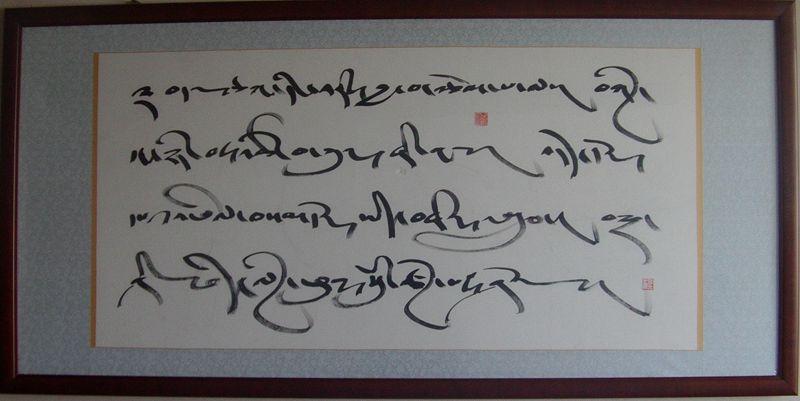
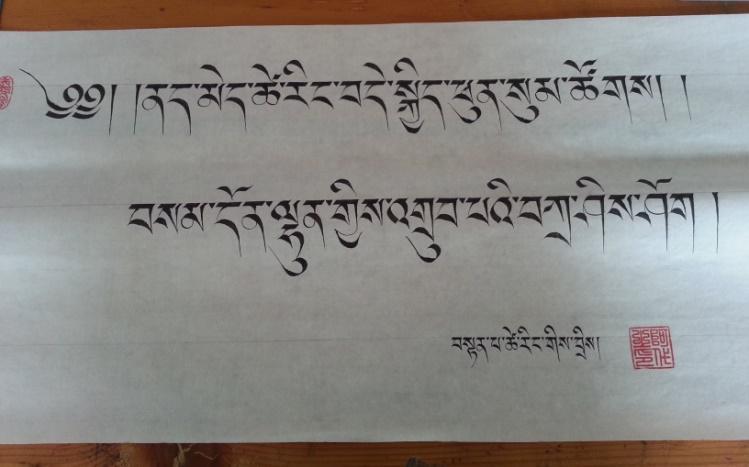

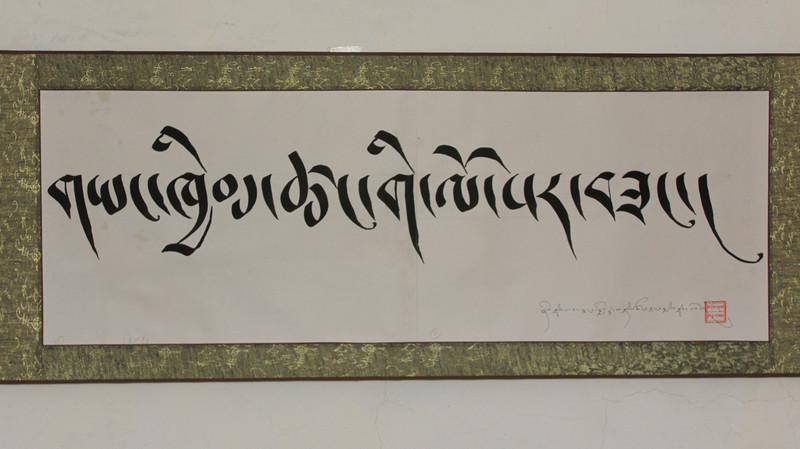

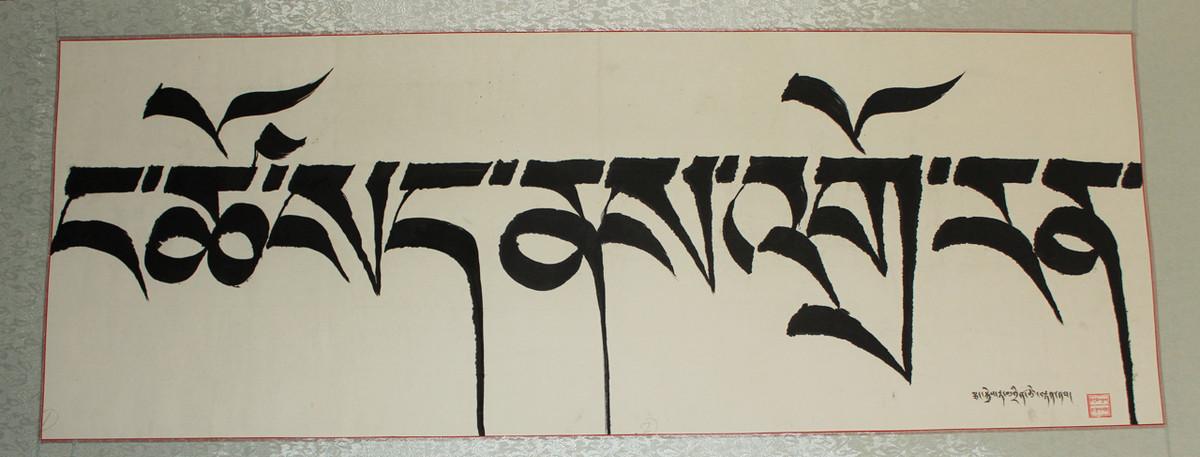
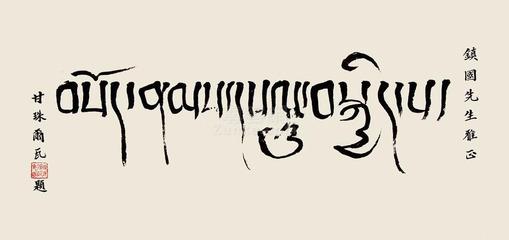


Articles are uploaded by users and are for non-commercial browsing only. Posted by: Lomu, please indicate the source: https://www.daogebangong.com/en/articles/detail/Appreciation%20of%20Tibetan%20calligraphy%20it%20is%20so%20beautiful%20can%20you%20understand%20its%20beauty.html

 支付宝扫一扫
支付宝扫一扫 
评论列表(196条)
测试